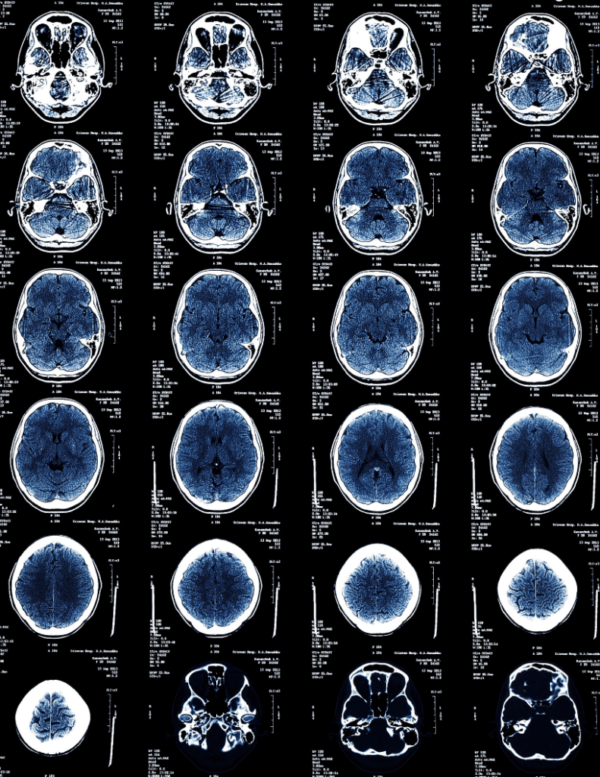A large number of NFL players are reporting symptoms of Chronic Traumatic Encephalopathy and many have been diagnosed post-mortem. CTE is brain degeneration likely caused by repeated head traumas. Players including Aaron Hernandez, Jovan Belcher, Ray Easterling, and Ralph Wenzel are just a few of the famous players on the list of hundreds that have suffered from complications believed to be linked to CTE.
A few concussions likely will not cause CTE, studies have shown that most people diagnosed with CTE have suffered hundreds of head impacts over the course of several years playing sports or serving in the military.
| Boxers | Punches to the head |
| Football players | Hits to the helmet |
| Soccer players | Headers and collisions |
| Ice hockey players | Fighting, checking |
| Military veterans | Blast injuries, combat |
| Victims of domestic abuse | Repeated violence |
However, participating in these activities does not guarantee you will develop CTE. The age of first exposure to head impact and the length of exposure to head impacts are major risk factors associated with CTE.
Studies have shown that exposure to head impacts before the age of 12 resulted in greater outcomes of CTE than athletes that experienced head impacts after age 12. Similarly, longer careers playing sports or participating in activities that result in head impacts increases risk for Chronic Traumatic Encephalopathy. More research will help scientists pinpoint other factors that may play a role in the likelihood of developing CTE.
Symptoms of CTE include:
- Difficulty thinking (cognitive impairment)
- Impulsive behavior
- Short-term memory loss
- Headaches
- Difficulty planning and carrying out tasks (executive function)
- Emotional instability
- Depression or apathy
- Suicidal thoughts or behavior
While symptoms of Chronic Traumatic Encephalopathy may seem glaring, it currently can only be diagnosed after death through brain tissue analysis. CTE causes a protein called Tau to form and clump, slowly spreading throughout the brain and killing brain cells. Until recently there were very few doctors who knew how to diagnose CTE, but more and more doctors are on the lookout for it.
When CTE is suspected, neurological exams, brain imaging, mental status testing, and a thorough medical history can be used to rule out other possible causes for the symptoms.
Because there is currently no way to diagnose Chronic Traumatic Encephalopathy there is also no treatment or cure. However, some symptoms may be improved by craniosacral therapy, massage, behavioral therapy, and memory training exercises.

